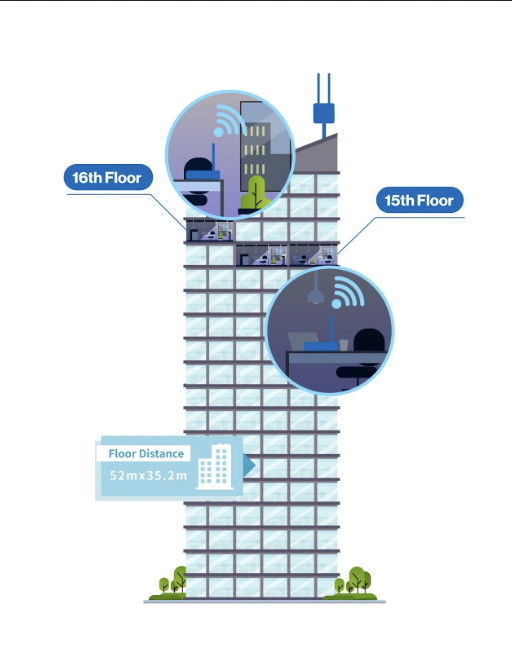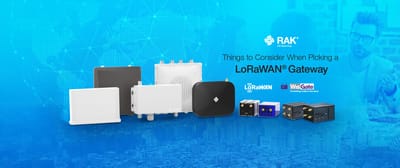LoRaWAN Range Testing Report for RAK7201 and RAK7201V2 WisNode Button
Introduction: This report evaluates the performance of two hardware versions of LoRaWAN Button, the RAK7201 and the upgraded RAK7201V2. The devices were tested in an indoor environment to simulate an in-building application, assessing each device version's signal strength and reliability.
Test Configuration:
- Gateway Position: On the shelf on the second floor of the 15th-floor laboratory.
- Gateway Configuration: RAK7268V2-D919-EU868 with an accompanying antenna.
- Software Version: WisGateOS_2.1.4_RAK.
Devices Under Test:
- RAK7201 (V1.0.1.210401_Release, EUI: AC1F09FFFE017201)
- RAK7201V2 (AT+FIRMWAREVER=rak7201_2.0.1, AT+BUILDTIME=20230511-103922, EUI: D896E0EFFF07201B)
Frequency Band: EU868
ADR (Adaptive Data Rate) Setting: Disabled
Data Rate (DR) Setting: DR0/SF12
Testing Methodology: The test involved sending data from the nodes to the gateway and observing the Received Signal Strength Indicator (RSSI), Signal-to-Noise Ratio (SNR), and packet loss rate. Data was collected in the laboratory and at the staircases of the 15th and 16th floors.
Testing Results:
For RAK7201:
Location | RSSI (dBm) | SNR (dB) | Average RSSI/SNR | Packet Loss Rate |
Laboratory | -53 to -63 | 4.25 to 8.75 | -53.2 / 6.675 | N/A |
15th Floor Stairs | -94 to -106 | -5.75 to 4.25 | -100.3 / 1.25 | 1/10 |
16th Floor Stairs | -120 | -12.75 to -13 | -120 / 12.8 | 8/10 |
For RAK7201V2:
Location | RSSI (dBm) | SNR (dB) | Average RSSI/SNR | Packet Loss Rate |
Laboratory | -40 to -43 | 6 to 11 | -41.5 / 7.95 | N/A |
15th Floor Stairs | -90 to -100 | 2.25 to 6.5 | -95 / 4.13 | 1/10 |
16th Floor Stairs | -108 to -117 | -4 to -9.25 | -112.8 / -5.7 | 5/10 |
Analysis: In our recent tests, the RAK7201V2 showcased its impressive capabilities within the confines of a typical office building featuring floors that span 52 meters in length and 35.2 meters in width. The testing grounds, located between the 15th and 16th floors, included various common structures such as restrooms, elevator shafts, staircases, and office spaces—all segmented by solid cement walls. Despite these potential signal impediments and a substantial inter-floor height of 4 meters, the RAK7201V2 exhibited superior signal penetration.

The concrete walls, often considered detrimental to wireless communication due to their density and signal-dampening properties, were not enough to hinder the RAK7201V2's performance significantly. This success is a testament to the device's robust design, which includes a custom antenna optimized for such challenging environments. Our antenna design team has meticulously tailored this component to work harmoniously with the PCB and enclosure, ensuring the signal's integrity is maintained even when navigating through the dense materials and across the expansive office floor space.
Conclusion: The RAK7201V2's adeptness at maintaining strong connectivity within an urban office setting marks a significant advancement in LoRaWAN technology. The device's ability to overcome common architectural barriers and deliver consistent, reliable communication speaks volumes about the effectiveness of its custom-designed antenna. As a result, the RAK7201V2 emerges as an ideal solution for IoT applications within complex structures, promising customers a level of reliability and coverage that is essential for modern smart building applications.





